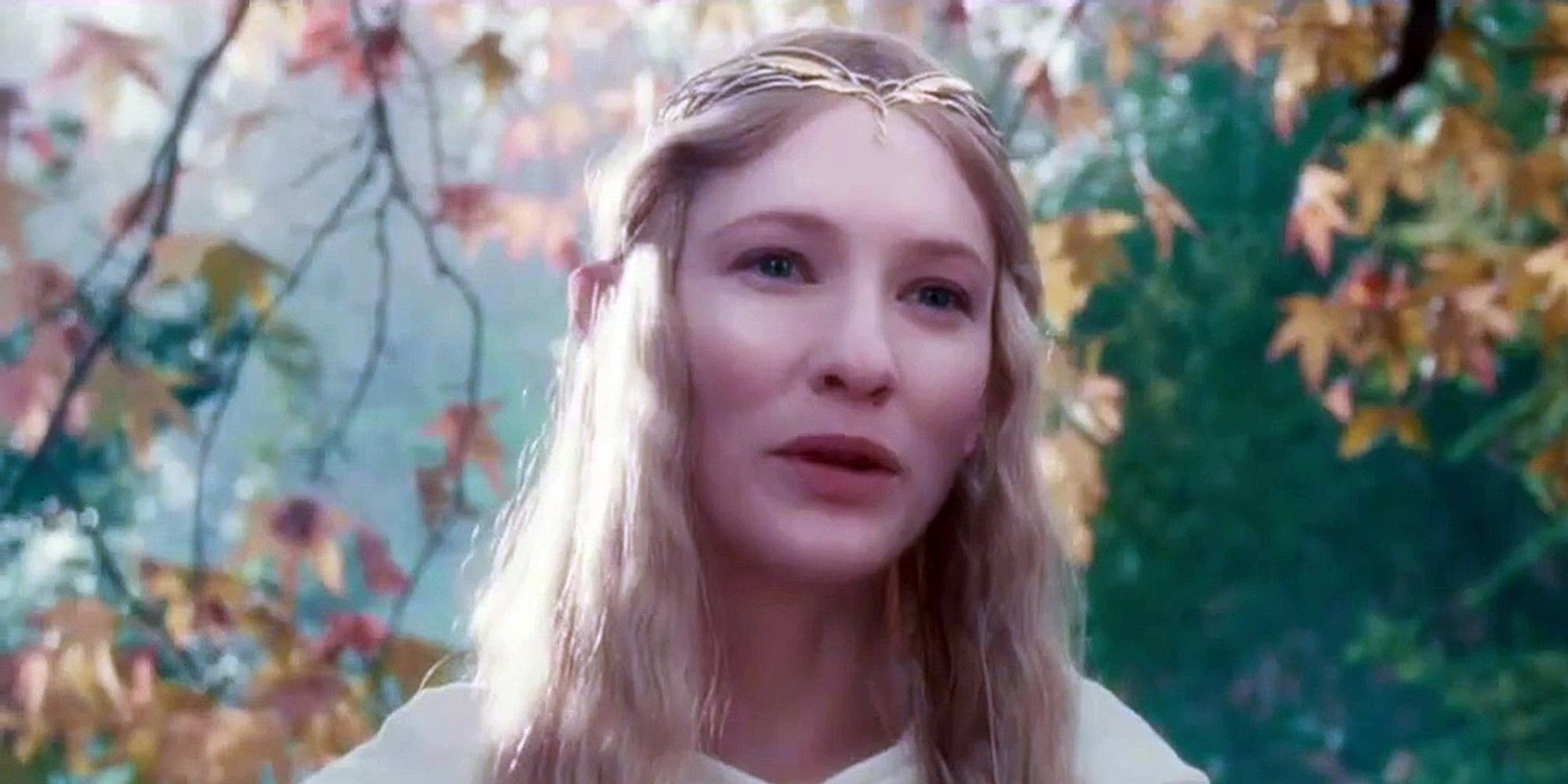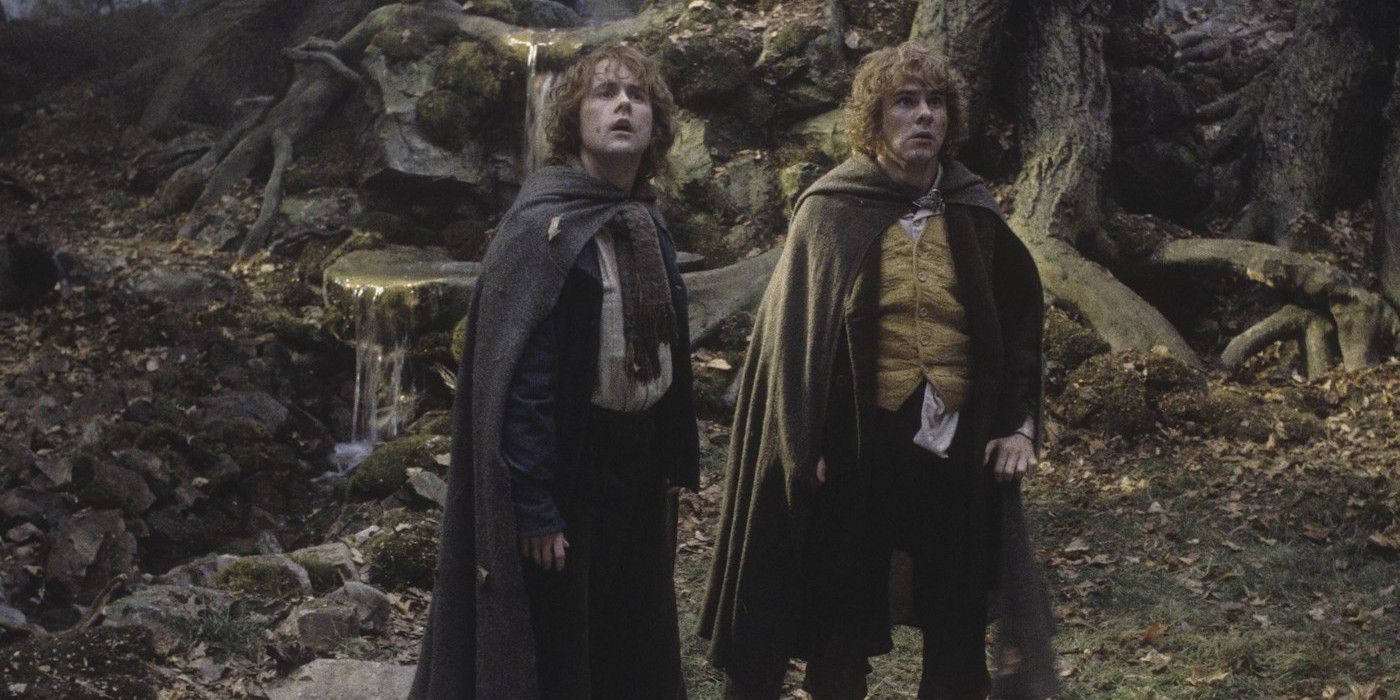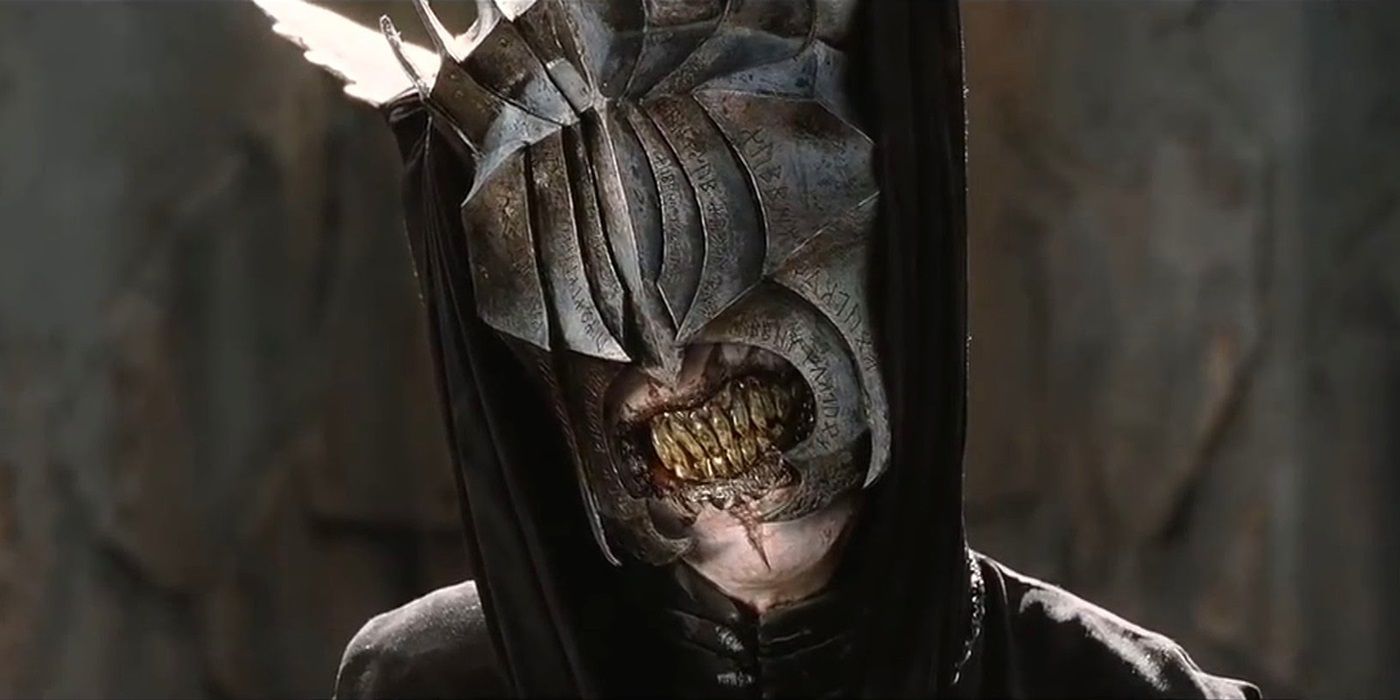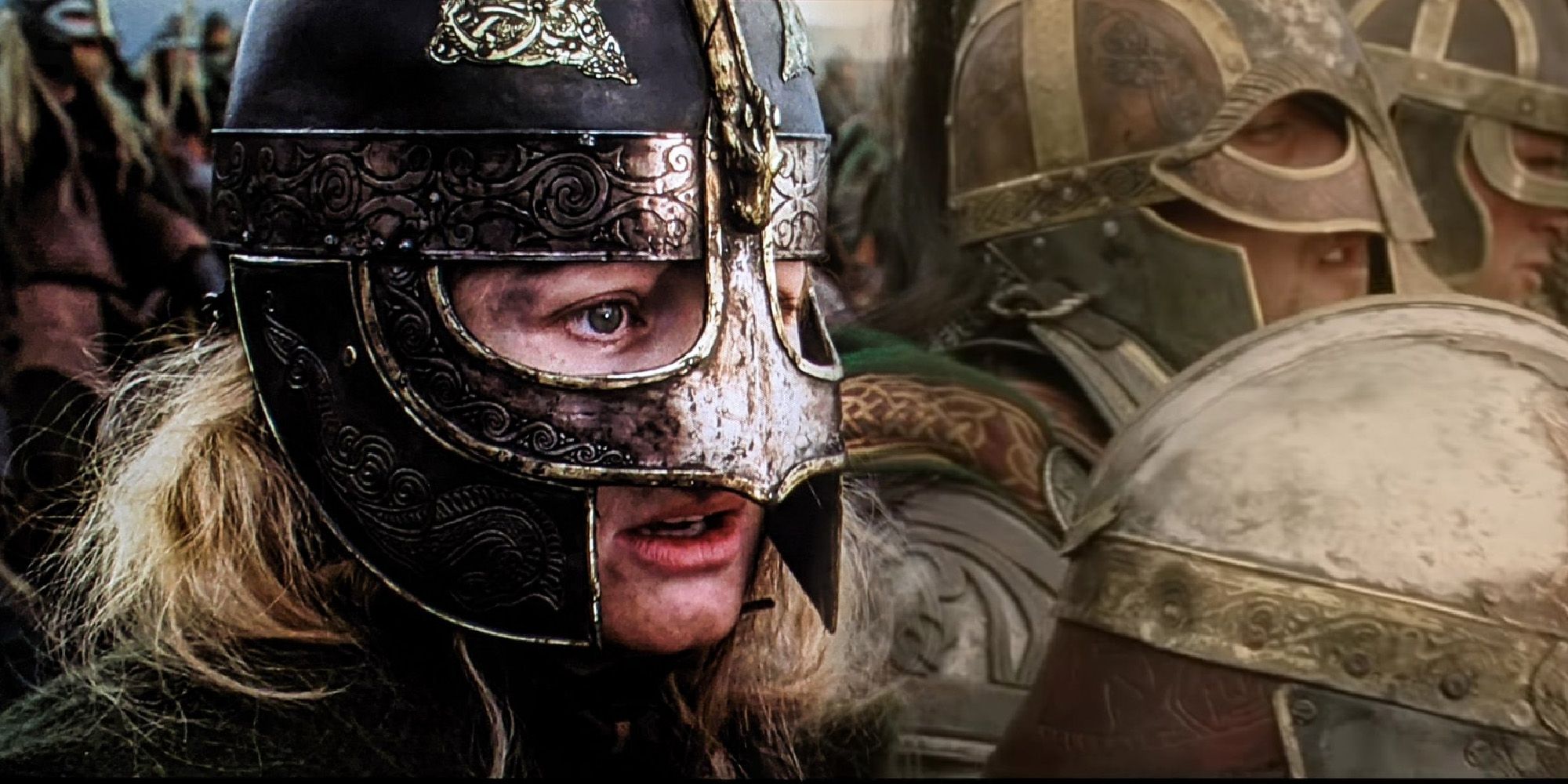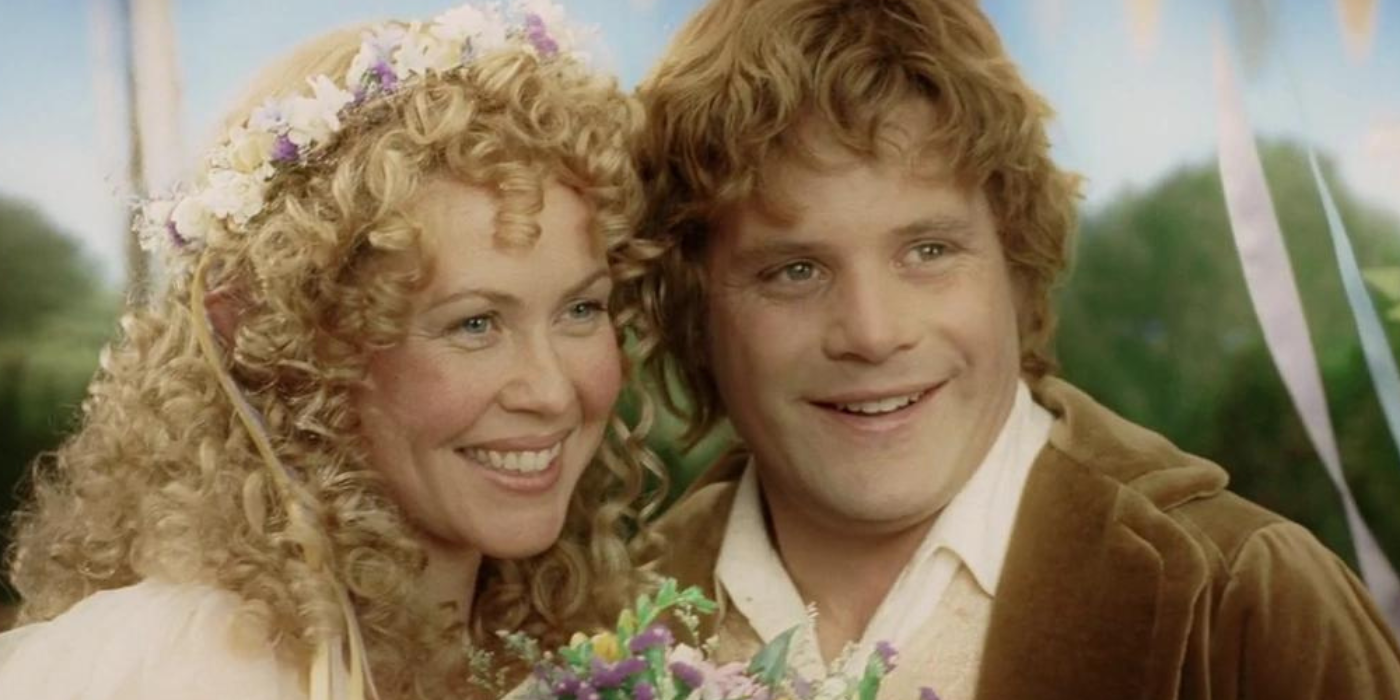Every Extra Scene Added In Lord Of The Rings’ Extended Editions
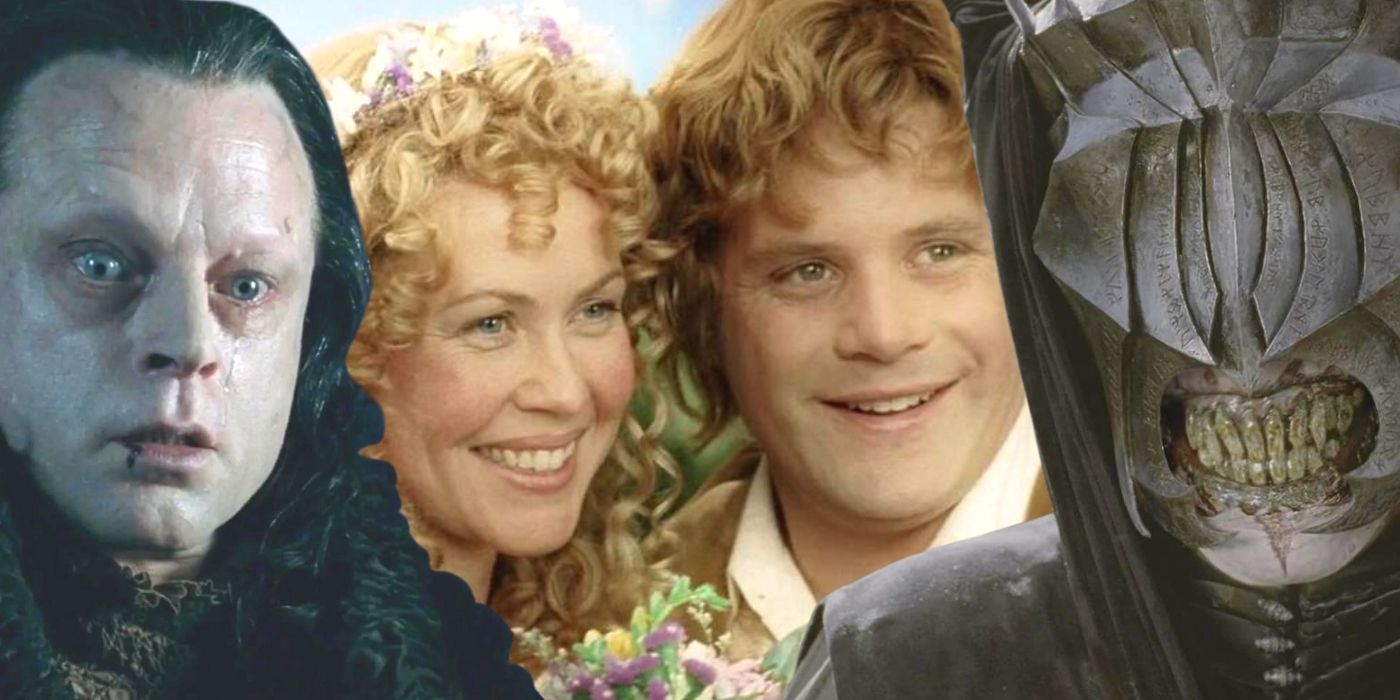
Plenty of additional footage was added in the Lord of the Rings extended editions, much of which answers lingering questions the theatrical trilogy didn’t. One year after the theatrical cut of each Lord of the Rings movie, an extended version would be released on home video media. These bumper editions add tons of new footage to all three movies, elevating the Lord of the Rings extended editions’ length from the theatrical runtime of 9 hours and 3 minutes to a whopping 11 hours and 36 minutes. The new footage consists of deleted scenes, as well as longer versions of sequences already in the movies, and the Lord of the Rings theatrical vs extended debate still rages within the fanbase.
Sometimes, LOTR extended edition changes simply provide an extra line of dialogue; in other situations, an unseen conversation introduces a whole new layer to various Lord of the Rings characters. The Lord of the Rings movies are known for their massive casts loaded with characters from Middle-earth. Due to the sheer number of LOTR characters in the trilogy, several don’t get much screen time in the theatrical cut. In The Lord of the Rings extended editions, which add a whopping 125 minutes of footage to the LOTR movies, many of these short-changed characters finally get their due. Peter Jackson, who directed and cameoed in all three Lord of the Rings films, has stated he prefers the theatrical versions since the LOTR extended editions are mostly put together for the benefit of fans who want to see everything excised from the final cut. Here’s everything in the Lord of the Rings extended edition which isn’t in the theatrical cut.
The Fellowship Of The Ring Extended Edition Scenes
The Lord of the Rings extended edition length for The Fellowship of the Ring (the best Lord of the Rings movie according to some fans) adds 30 extra minutes to the movie’s runtime. A good chunk of this footage consists of minor scenes setting up future plot points that don’t become important until the later installments, such as when Aragorn (Viggo Mortensen) is spotted singing a love song in honor of his relationship with Arwen (Liv Tyler). Another added scene depicts Aragorn visiting his mother’s gravestone, with Elrond trying to convince him to become the new King of Gondor.
Several shots tacked on in The Fellowship of the Ring‘s first act shed new light on the Hobbits and help to introduce the main characters, particularly Frodo Baggins (Elijah Wood) and Samwise Gamgee (Sean Astin). Sam’s budding relationship with local barmaid Rosie Cotton, the woman he’ll eventually marry after Return of the King, is explored to some degree too. These scenes allow the audience to learn more about Hobbits in general before the true adventure begins in the extended edition vs. the theatrical.
A key scene included in the extended edition involves Frodo, Sam, and the Wood Elves. The pint-sized duo is camping when they spot Wood Elves leaving for the Undying Lands where they can live forever. The real significance of this scene is that it hails directly from the books. Another noteworthy addition comes when Galadriel (Cate Blanchett) hands out valuable gifts to the Fellowship of the Ring. Seeing each character receive their new items, like Legolas’ bow and Gimli’s lock of hair, isn’t essential to the plot, but is still a neat inclusion, giving audiences a chance to learn more about the main characters’ magical items.
The Two Towers Extended Edition Scenes
The Lord of the Rings: The Two Towers ended differently from the book, and this doesn’t change despite the additional footage in the extended edition. The super-sized cut boosts The Two Towers‘ theatrical runtime from 179 minutes to 223 minutes in the Lord of the Rings extended edition. This version adds a little more to the scenes with Pippin (Billy Boyd) and Merry (Dominic Monaghan) during their encounter with Treebeard the Ent (voiced by John Rhys-Davies). Earlier in the film, when the Uruk-hai are taking the Hobbits to Isengard, Merry seems ill, so Pippin begs their captors to give him water. Instead, the Uruk-hai offers some of their booze and laughs the request off.
Interestingly, much of Saruman’s preparation for the attack on Helm’s Deep was left on the cutting room floor, including the decision to burn the forest of Fangorn, encouraging the villagers to attack Rohan, and building a dam (the same one the Ents destroy during their destructive assault). One particular deleted scene present in the extended edition is a flashback that answers questions regarding the motives of Faramir (David Fenham) and provides an insight into his relationship with Boromir (Sean Bean) for the very first time. Boromir died prior to Faramir’s first appearance, so the flashback allows them to feature in the same scene, and it’s here we learn that their father, Denethor (John Noble), much prefers Boromir over his younger brother.
A new Aragorn scene reveals a few personal details in the book that aren’t directly addressed in the theatrical version of the trilogy. Aragorn is said to be 87, and this fact explains how he became such an experienced warrior. Knowing Aragorn’s true age affords the viewer a better understanding of the character. Lastly, King Theoden’s son is given a proper funeral in the extended edition; in the theatrical version, the film merely cuts to Theoden mourning Theodred after asking where he was.
The Return Of The King Extended Edition Scenes
With 51 minutes of extra footage, the final film in the Lord of the Rings trilogy has extensive new content in the LOTR extended edition, which brings The Return of the King‘s total runtime to 4 hours and 11 minutes. The fact that the movie was already 3 hours and 20 minutes long explains why so much had to be cut, even though many edits feel like they belonged in the theatrical version. Among the changes are longer battle scenes at Helm’s Deep and Isengard. The extended edition also gives Eomer (Karl Urban) one of his best scenes in the entire trilogy. A deleted scene shows Eomer’s horror as he discovers his sister Witch King-killing sister Eowyn (Miranda Otto) lying on the battlefield.
Another example of a major character missing out on their most important scene in the theatrical cut is Saruman (Christopher Lee). Saruman is an antagonist in The Fellowship of the Ring and The Two Towers but is overlooked for the most part in The Return of the King. The theatrical cut doesn’t end Saruman’s story. The extended edition, on the other hand, includes Saruman’s death scene. Saruman dies after being off pushed a balcony, where he is impaled by a spiked wheel below the Tower of Orthanc. Before this, when the heroes join the Rohirrim in pushing back Saruman’s orc army, the enemy troops flee into the forest and are implied to have been killed by the Ents inside, judging by the screams.
One character was cut completely from the theatrical cut of The Lord of the Rings: the Mouth of Sauron (Bruce Spence). The Mouth of Sauron is a disfigured creature with an unsettling appearance. In the Lord of the Rings extended edition, he lies and tells the heroes that Frodo is dead, but Aragorn isn’t fooled and chops off his head. Some argue this moment was out-of-character for Aragorn, but Jackson claims the scene was cut because it lacked effect. One of the best moments cut from the theatrical Return of the King was Gandalf fighting the Witch King. Gandalf is losing the fight, but the sounding of the horn distracts the Witch King, forcing him to depart without killing the white wizard.
Other scenes in the Return of the King extended edition give various characters and storylines a chance to breathe and offer further explanations for certain actions. For instance, Eowyn and Faramir’s romance is provided some screen-time, it’s shown how Aragorn, Legolas, and comic relief Gimli take the Black Ships and what happens after convincing the oathbreakers to help them, as well as how Aragorn’s mind wins over Sauron when he holds the Palantir. Every movie in the Lord of the Rings trilogy received many more scenes in their extended editions, but Return of the King easily had the most to gain.
Lord Of The Rings 4K Editions vs Extended Editions
One does not simply stop re-releasing The Lord of the Rings. To celebrate the 20th anniversary of Frodo’s cinematic trek to glory, Peter Jackson has remastered The Lord of the Rings extended edition in full 4K and Dolby Atmos, revitalizing the trilogy with a modern sheen. To be clear, there are no new or extended scenes added alongside the 4K-restored LOTR version, with the emphasis placed firmly on sound and visuals, rather than material that might’ve been left in the editing suite. One massive change is bringing consistency to the trilogy’s coloration since The Fellowship of the Ring‘s color timing utilized a totally different method compared to later installments. Everything now looks the same, from the opening of The Fellowship of the Ring to Bilbo’s return home in The Battle of Five Armies. As a consequence, the blue-green tint added by previous remasters has, mercifully, been removed.
As you’d expect, every frame looks nice and crisp compared to 20 years ago, with Jackson scanning the original The Lord of the Rings 35mm negatives to create a higher resolution than ever before. There’s a pleasing balance between the natural warmth of film, and the crystal sharpness of modern technology, which is especially evident in close-ups. Some of Lord of the Rings digital effects have been adjusted accordingly since preexisting CGI can look nastier than a Balrog’s backside in 4K. Peter Jackson has, however, been at pains to explain that the original effects aren’t being replaced exactly, just brushed up to get with the times.
Are The LOTR Extended Editions Better?
The Lord of the Rings extended editions are a definitive improvement on the theatrical cuts, which were already era-defining as a starting point. Very rarely are fandoms kept unanimously happy, but Peter Jackson managed to please Tolkien fans twice over with Lord of the Rings – first with the original movies, and then again with the extended editions. For the overwhelming majority of Lord of the Rings fans, there’s no going back after seeing the extended editions. Moments like the death of Saruman, for example, become glaring, impossible-to-ignore absences. Sauron feels less intimidating without the Mouth of Sauron, and Aragorn’s begrudging acceptance of his birthright loses poignancy without the flashbacks to his conversations with Elrond. The deleted scenes in the LOTR extended editions aren’t just trivial fan-service exercises – they add an entirely new layer of depth that makes The Lord of the Rings theatrical cuts feel almost naked in comparison.
The only drawback for some is the length. It takes almost 12 hours to marathon every extended Lord of the Rings movie. The theatrical cuts weren’t exactly short, but the extended editions had to be split across two discs in most physical formats. However, this has led to many advocates arguing that this makes life easier, as those constrained for time can view the expanded cuts of Lord of the Rings in six sittings that take just under 2 hours. All three movies have a satisfactory midway cut-off point, and great care was taken to ensure that having to get up and change the disc disrupted immersion as little as possible.
When each movie is just shy of four hours, a break in the middle is a pretty welcome introduction, even for hardcore Tolkien fans. Despite the fact they’d take half a day to watch back to back, there’s an almost universal consensus that the extended editions are the best way to experience Peter Jackson’s The Lord of the Rings – and, for some LOTR acolytes, the only way. Frodo and Sam’s journey walking from the Shire to Mount Doom is one of the most epic stories ever told, and the extended cuts are the closest cinema has come to truly capturing the scope and majesty of Tolkien’s original text.
Rings Of Power Proved More Middle-earth Isn’t Necessarily Better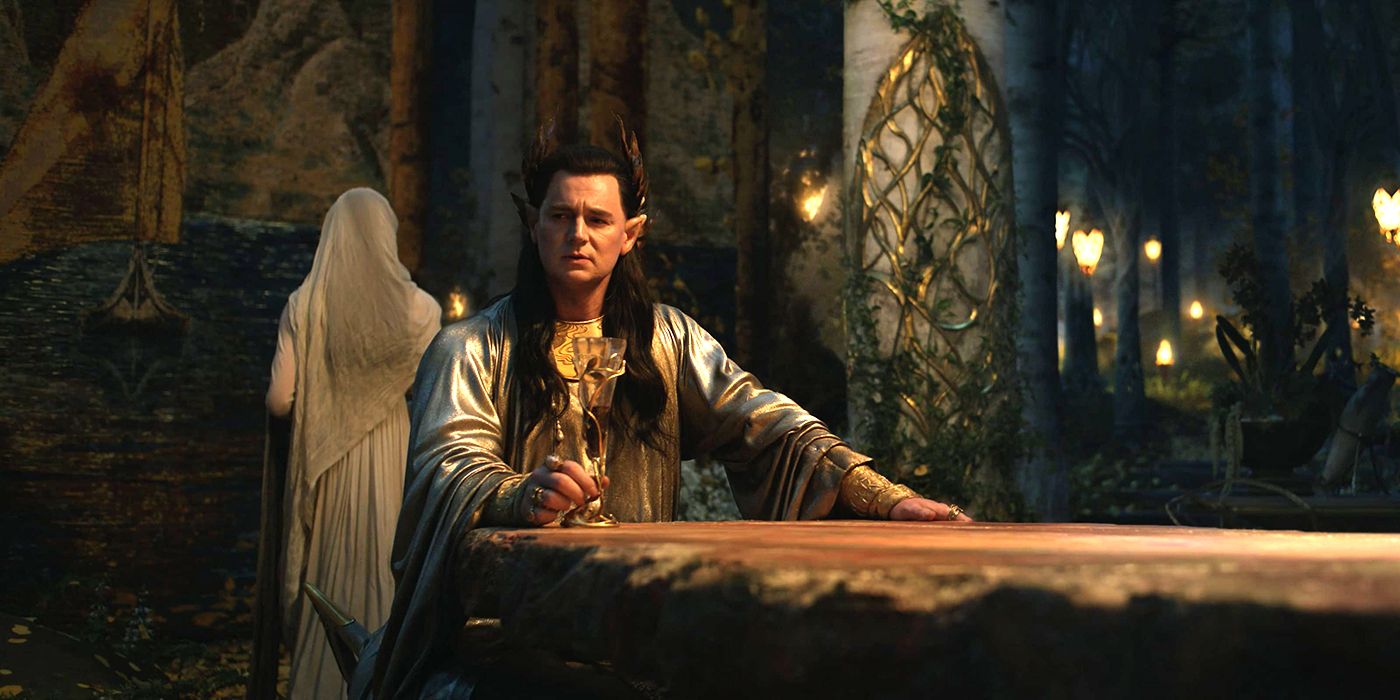
The almost universally positive reception to the Lord of the Rings extended editions and their bladder-challenging runtimes may have given the impression that there was an endless appetite for more Middle-Earth content. However, both the follow-up The Hobbit movie trilogy and Amazon’s The Rings of Power proved that there could be such a thing as too much Tolkien. With a massive budget, Amazon’s Rings of Power was expected to create a much larger cultural impact than it did, and while season 2 is on the way, showrunners have already indicated they’re making some changes in their approach. The series found an audience and was successful by the standards of streaming series, but also received mixed reviews and was somewhat overshadowed by HBO’s competing fantasy prequel House of Dragons.
Amazon also embraced the maximalism of Jackson’s Lord of the Rings, with each of eight episodes running well over an hour. This means that The Rings of Power season 1’s total runtime was almost as long as all three theatrical editions, or two extended editions, with four more seasons to come. The unlimited time and almost-unlimited budget of The Rings of Power led it to abandon much of the advantages of a weekly television series and fall into an uncomfortable middle ground between TV and movie. While the Amazon series had plenty of strengths, such as Morfydd Clark’s portrayal of a young Galadriel, and helped to flesh out the world of Middle Earth, it’s hard to imagine it becoming an annual marathon tradition like the Lord of the Rings extended editions are for so many people. Ultimately, the comparative failure of the super-sized Hobbit trilogy and Rings of Power streaming series shows that what made The Lord of the Rings extended editions, so beloved was not their setting or length, but rather the level of craft put into each and every scene.
Share this news on your Fb,Twitter and Whatsapp
NY Press News:Latest News Headlines
NY Press News||Health||New York||USA News||Technology||World NewsTimes News Network:Latest News Headlines
Times News Network||Health||New York||USA News||Technology||World News
